What Is The Difference Between a Roux and a Slurry?
Have you ever wondered about the difference between a roux and a slurry?
These two thickening agents are like kitchen superheroes, but they work differently. Let’s dive into the world of roux and slurry and discover how they can transform your sauces, soups, and gravies.
A roux is like a magical mixture of equal parts flour and fat, usually butter. It’s cooked together until it turns into a smooth paste. The longer it cooks, the darker and more flavorful it gets. Darker roux is like a secret ingredient in gumbo and brown sauces.
On the other hand, a slurry is a simple combination of cornstarch (or another starch) and a cold liquid, usually water. It’s like a quick-fix thickener. You stir it into a hot liquid, and it thickens up in a flash.
Unlike a roux, a slurry doesn’t need cooking before you use it. It’s perfect for thickening clear soups or sauces without changing their taste.
So, which one should you use? It all depends on what you’re making and want to achieve. Roux adds depth and flavor to dishes, while slurry is perfect for quick and easy thickening. Experiment with both and see which one you like better!
What is a Roux
A roux is a mixture of equal parts flour and fat, usually butter, cooked together to form a smooth paste. It is a base for thickening sauces, soups, gravies, and stews. The fat helps the flour absorb moisture while cooking develops a rich, nutty flavor.
There are three main types of roux, categorized by how long they are cooked:
-
White Roux: Cooked for a short time, just until the raw taste of the flour disappears. It is often used for delicate sauces, such as béchamel, and in dishes that require a lighter flavor.
-
Blond Roux: Cooked a little longer until it turns a pale golden color. This is commonly used in sauces like velouté or dishes requiring a medium flavor depth.
-
Brown Roux: Cooked until it becomes a deep brown, offering a more robust, toasted flavor. It is used in rich, hearty dishes like gumbo, brown gravies, and some stews.
A roux is typically added to a hot liquid—such as broth, milk, or stock—while stirring continuously to prevent lumps. The roux helps thicken the liquid, creating a smooth and velvety texture in the finished dish. The roux’s flavor and color will influence the dish’s overall taste and appearance, making it an essential technique in classic cooking.
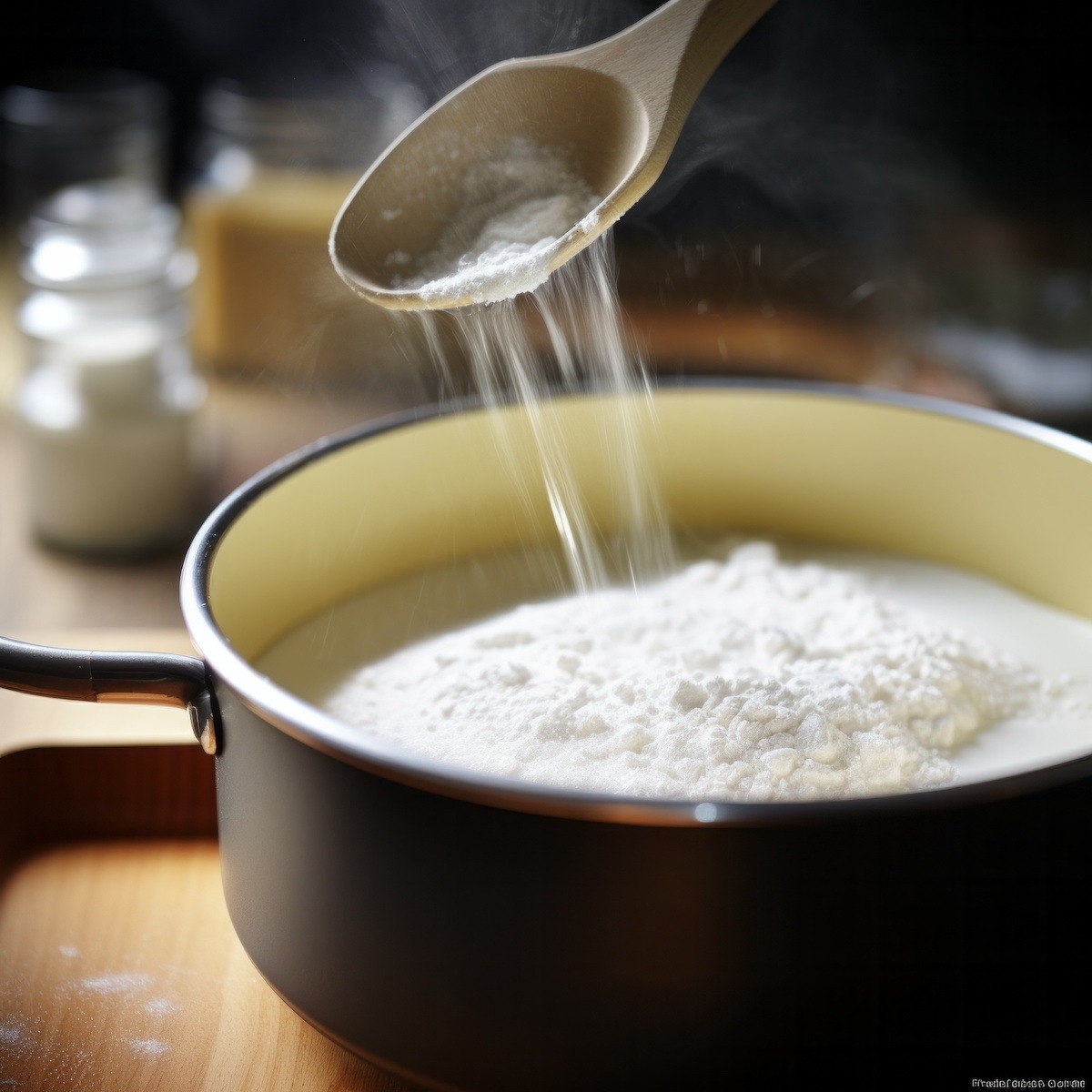
What Is a Slurry
A slurry is a simple mixture of starch, typically cornstarch or arrowroot, and a cold liquid, usually water, broth, or another liquid. It is used to thicken sauces, soups, and gravies. When added to a hot dish, the starch in the slurry binds with the liquid to form a thickening agent.
To make a slurry, you combine the starch with an equal or slightly more significant amount of cold liquid and stir it until smooth. Once the mixture is thoroughly combined, the slurry is poured into a simmering or boiling liquid. The heat activates the starch, causing it to absorb the liquid and thicken the dish quickly. The process only takes a few minutes, resulting in a smooth, glossy texture.
Unlike a roux, which requires cooking and has a flavor impact due to the browning of the flour, a slurry does not affect the taste of the dish. This makes it ideal for thickening clear liquids or more delicately flavored dishes. It also offers the advantage of being gluten-free when using cornstarch or other gluten-free starches, making it a good alternative for those with dietary restrictions.
When Is It Best to Use a Roux?
A roux is best used to create a smooth, velvety texture in a dish and add a rich, nutty flavor. It is ideal for thickening sauces, soups, stews, and gravies that benefit from a more substantial and flavorful base. The choice of roux—white, blond, or brown—depends on the dish and the depth of flavor desired.
Here are some key situations where using a roux is particularly beneficial:
-
Creamy Sauces: Roux is essential in making classic creamy sauces, such as béchamel or Mornay. It provides a stable thickening base while adding a smooth, consistent texture.
-
Gravies: Roux is commonly used to thicken meat or poultry drippings into rich, flavorful gravies. The longer the roux is cooked, the deeper and more complex the flavor becomes.
-
Soups and Stews: For hearty soups, such as chowders or gumbo, a roux helps to thicken the broth, creating a more satisfying and filling dish. A darker roux adds depth and complexity, especially in gumbo or French onion soup dishes.
-
Baking: Roux can also be used in savory baking recipes, such as savory pies or casseroles, to thicken fillings and create a smooth, creamy texture.
-
When a Nutty Flavor is Desired: The longer a roux is cooked, the more it imparts a toasty, nutty flavor to the dish, making it ideal for rustic or savory recipes where such a flavor is desired.
A roux is best when you want a smooth, rich thickener that contributes texture and flavor to the dish.
When Is It Best to Use a Slurry
A slurry is best used when quickly thickens a liquid without altering its flavor or texture too much. It is particularly useful when a clear, glossy finish is desired or to thicken a dish without the additional flavor that a roux imparts. Here are some ideal times to use a slurry:
-
Clear Soups and Broths: When you want to thicken a clear liquid, such as a broth or stock, without changing its flavor, a slurry is the best option. It thickens the liquid smoothly without introducing any color or flavor, making it perfect for clear soups like consommé or vegetable broth.
-
Sauces and Gravies: If you need to thicken a sauce or gravy at the end of cooking, a slurry can be added to achieve the desired consistency quickly without affecting the dish’s overall flavor. This is particularly useful for thinner sauces, like stir-fry sauces or fruit glazes, that don’t need the richness of a roux.
-
Fruit Sauces or Pie Fillings: Slurries are commonly used to thicken fruit sauces, jams, or pie fillings because they create a smooth, glossy finish without altering the flavor profile. Since they don’t require cooking to form, they’re great for thickening mixtures that need to maintain a vibrant, fresh taste.
-
Quick Thickening: A slurry is perfect when you need to thicken a liquid quickly at the end of cooking, as it activates almost immediately when added to heat. It’s ideal for adjusting the consistency of a sauce or soup without extended cooking time.
-
Gluten-Free Dishes: Since a slurry uses starches like cornstarch or arrowroot (naturally gluten-free), it’s an excellent choice for thickening dishes that need to remain gluten-free.
A slurry is best used when you need a neutral, quick thickening method that won’t overpower the dish’s flavor or require lengthy cooking. It’s especially ideal for clear liquids and dishes that want to maintain a smooth, glossy appearance.
Making a Roux
Making a roux is a straightforward process, but it requires attention to detail to ensure consistency and flavor. Here are the basic steps for making a roux:
1. Gather Your Ingredients
- Flour: All-purpose flour is most commonly used, but other flours can work depending on the dish.
- Fat: The fat can be butter, oil, or even animal fat like bacon drippings. Butter is most traditional, but any fat with a neutral flavor will work.
The standard ratio for a roux is 1:1, meaning equal parts flour and fat by weight (e.g., 1 tablespoon flour and 1 tablespoon butter).
2. Melt the Fat
- Heat the fat in a heavy-bottomed saucepan or skillet over medium heat. If using butter, let it melt slowly, but avoid browning it.
3. Add the Flour
- Once the fat has melted, add the flour to the pan. Stir continuously to combine the flour and fat into a smooth paste. Make sure there are no lumps. A whisk or wooden spoon is often used for this.
4. Cook the Roux
- For White Roux: Cook the mixture for about 2-3 minutes, just long enough to eliminate the raw taste of the flour. It should remain light in color.
- For Blond Roux: Continue cooking for about 5-7 minutes until the mixture turns a light golden color. This is ideal for dishes like velouté or lighter gravies.
- For Brown Roux: Cook for 10-15 minutes or longer, stirring constantly, until the roux turns a deep brown color. This version adds a rich, nutty flavor and is often used in hearty dishes like gumbo or dark sauces.
5. Use the Roux
- Once the roux reaches the desired color, you can begin incorporating it into your dish. If you’re using it to thicken a sauce or soup, gradually add the hot or warm liquid (like stock, broth, or milk) to the roux, whisking constantly to prevent lumps. Allow the liquid to come to a simmer to thicken.
6. Adjust Consistency
- If the mixture becomes too thick, depending on the dish, you may want to add more liquid. Continue cooking until the desired thickness is achieved.
Making a Slurry
Making a slurry is a simple and quick process. Here are the steps for making a slurry:
1. Gather Your Ingredients
- Starch: Common starches used in a slurry include cornstarch, arrowroot, or potato starch.
- Liquid: The liquid should be cold or at room temperature. Common choices are water, broth, or even juice, depending on the dish.
A typical slurry ratio is 1 part starch to 2 parts liquid, but this can be adjusted depending on how thick you want the final dish to be.
2. Combine the Starch and Liquid
- In a small bowl or measuring cup, add the starch.
- Pour in the cold or room-temperature liquid.
- Stir the mixture with a whisk or spoon until the starch is completely dissolved and no lumps remain. The goal is to create a smooth, liquid paste.
3. Add the Slurry to the Dish
- Once the slurry is smooth, slowly pour it into the simmering or boiling dish that needs thickening, such as a sauce, soup, or gravy.
- Stir continuously to prevent lumps from forming as the slurry incorporates into the hot liquid.
4. Simmer and Thicken
- Allow the dish to simmer for a few minutes. The heat will activate the starch, thickening the liquid. As it continues to cook, the mixture should reach the desired thickness.
- Add more liquid to adjust the consistency if the dish becomes too thick.
5. Adjust Consistency
- If more thickening is needed, you can prepare and add more slurry, following the same process. Conversely, if the dish becomes too thick, add additional liquid until the desired consistency is reached.
A slurry is ideal for quick thickening without changing the flavor of a dish, and it’s particularly useful when a clear, glossy finish is desired in sauces or soups.

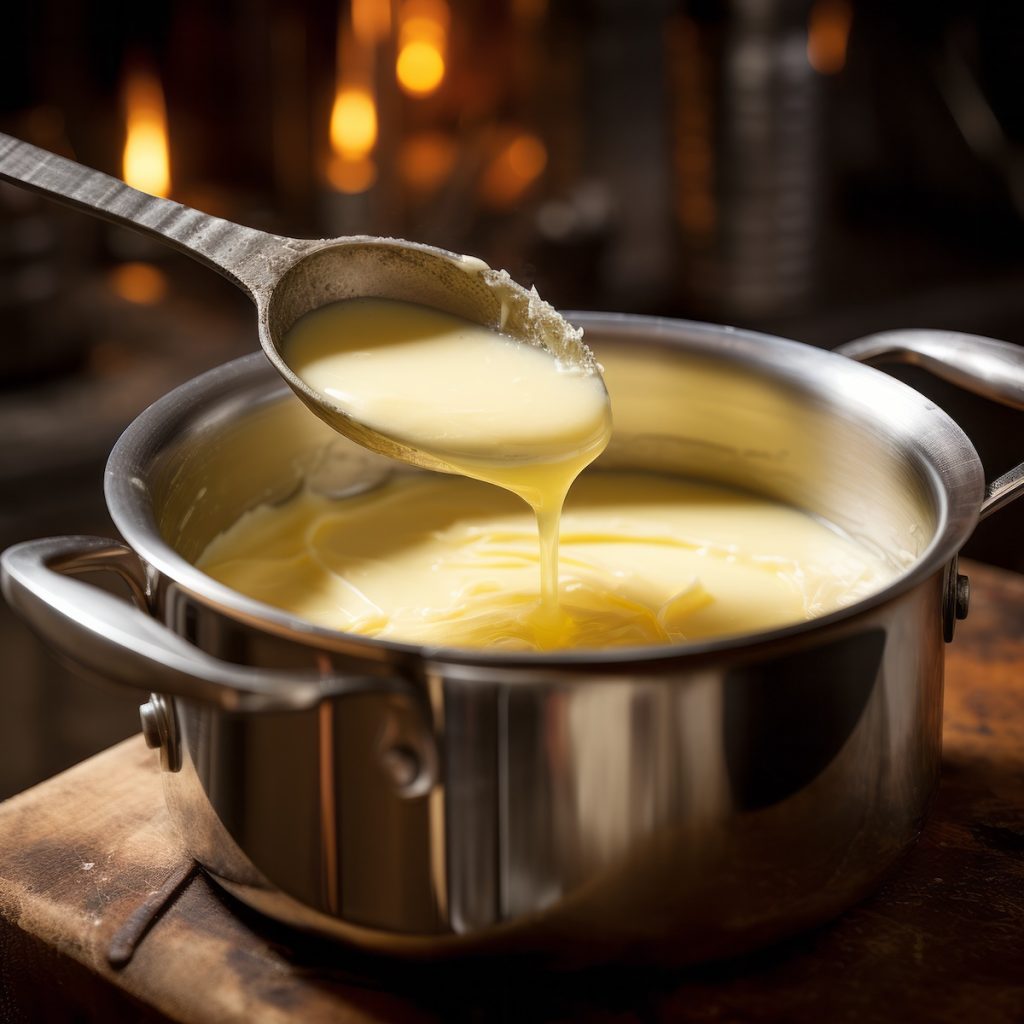




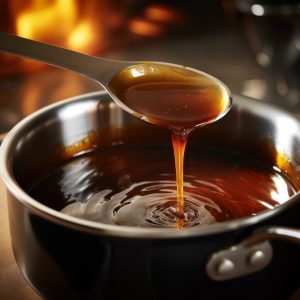


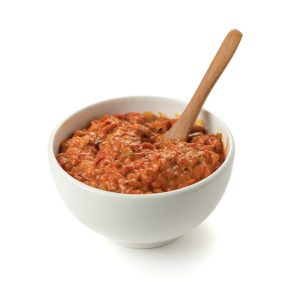
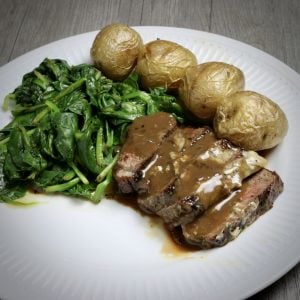

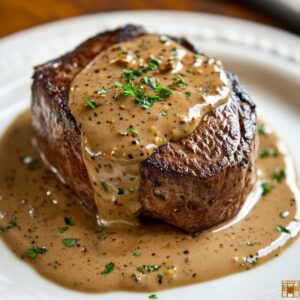
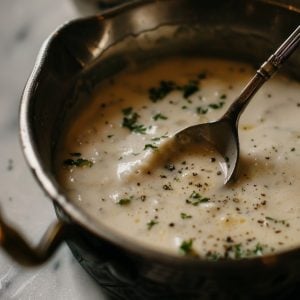


8 Responses
Great article! Thank you for taking the time to inform us. I was searching for the differences of each and your article met my needs. Fun to read! Great Job!
You are very welcome Jen.
Hi…I’m from New Mexico. We make lots of things with green chile and red chile. I use roux to thicken smooth sauces like red chile. I use a slurry (flour and water) to thicken chunky things like green chile stew. Thank you for your information!
Great article! I appreciate the breakdown on both types of thickeners. I make an apple cider chicken gravy that I have been making for years that is delicious! When I start the recipe, I begin by making a roux, add the ingredients, and cook it for about 30 minutes. Once its close to being done, I then make a slurry and add to the recipe. Now that I am reading over this article I am starting to wonder if there is ever a time you will use both roux and slurry in a single recipe? Have I been using 2 techniques together that should never be used in the same recipe?
Yes, there are times when both a roux and a slurry can be used in the same recipe, though this is less common. It typically happens when the dish requires the depth of flavor and structure provided by the roux, but additional thickening is needed towards the end of cooking, which the slurry can quickly provide without altering the flavor.
I’m trying to perfect home made Mac ‘n Cheese.
I tried a recipe that didn’t start with a roux but used a couple of eggs and evaporated milk. The sauce got too thick as the M&C cooled. I want a creamier sauce. I guess I’ll just have to try both a roux and a slurry and see which one tastes best. Thanks for clearly laying out the difference between the two.
Hi Donna, you are welcome. Let me know your results please.
A slurry can we made with cornstarch OR with flour.